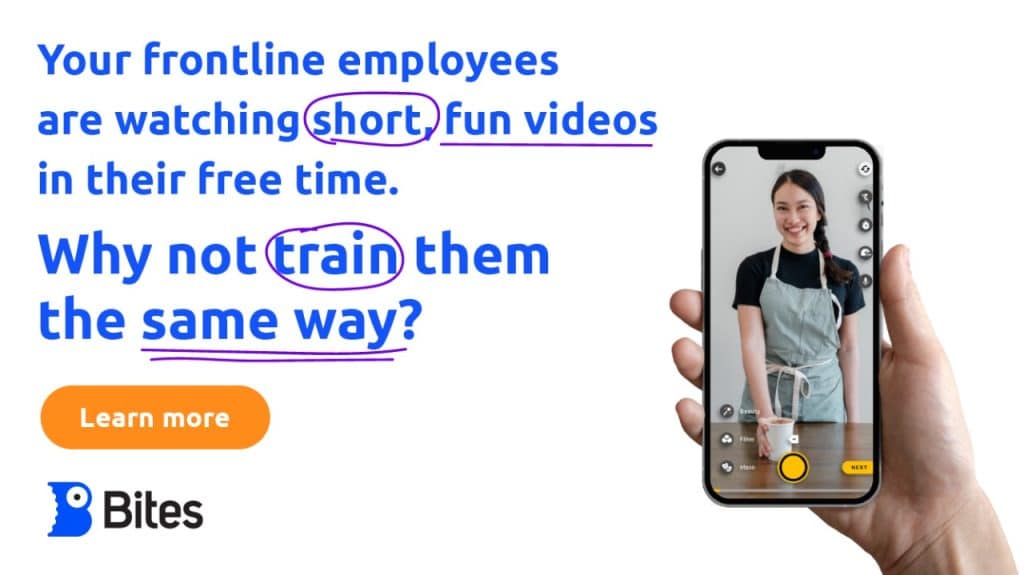Millennials vs. Generation Z: Their Difference in Workplace
The workplace has changed a lot over the past few decades, and it’s only going to continue changing. Millennials and Generation Z are two of the most important generations to understand in terms of how they’re going to affect the future of work.
1. Decision-Making Skills and Mindset
Millennials and Gen Z have very different approaches to decision-making. Millennials are more optimistic than risk-averse, while Gen Z tends to be cautious and focused on generating security through their choices.
2. Working with a Team
Gen Z are more independent and like to figure things out by themselves while millennials value teamwork and input from others. They like to share their workspace, thrive in open office plans, and be socially engaged with coworkers. In contrast, members of Gen Z tend to be more competitive and focused on individual success, preferring to be in control of the end product.
3. Motivation and Retention
For Millennials, working with an employer whose values align with their own and who supports their team’s professional growth and development tends to be a big motivator—especially if the company has a flexible work-life balance. While Gen Z also values socially engaged companies, they believe marketable skills and career advancement are much bigger motivators.

4. Attention Span
Gen Z is the first generation to grow up with pervasive technology, while millennials were some of the first to experience it. This means that younger millennials grew up with some of the same technology used by Gen Z, but it was much less pervasive. As a result, those in Gen Z have shorter attention spans than millennials because they are constantly bombarded with information through their phones and other devices.
On the other hand, because microlearning works on mobile platforms, most people—regardless of generation—have already developed a habit of consuming information through their phones. This makes microlearning an effective tool for both groups!
5. Workplace Tools Preference
Millennial and Gen Z employees often have different preferences when it comes to how they use tools in the workplace. While both generations are comfortable with instant messaging and email, Gen Z is used to using applications with algorithms that direct them to the most important and relevant information they need.
Millennials prefer a more personal approach when communicating with their colleagues, while Gen Z may prefer an online chat tool where they can talk to multiple people simultaneously. Many Gen-Zs may prefer using Google Docs over Microsoft Word because it makes sharing documents easier for everyone involved.
6. Relationship with the Internet
Gen Z is part of the first generation raised in a tech-driven world. They have grown up online and already know how to adapt to new technologies and make them work for them.
Millennials have been adapting to the internet for decades and are more likely to take longer to learn new web features. But Gen Z helps accelerate those efforts, as they’re eager to keep up with the latest developments.
7. Professionalism and Privacy
Gen Z prefers to keep professional relationships restricted to the workplace and don’t share as much of their private life with their boss and coworkers while millennials love to socialize and have fewer problems blending their personal and professional lives.
As workplace environments change to be more accepting and comfortable these past few years, Gen Z breaks more boundaries when it comes to what is considered professional. Gen Z prefers to dress casually and express themselves through clothing than millennials who prefer dressing up to show professionalism.
What Young Employees Want from Their Employers
In a world where people are more and more mobile, it is getting increasingly important for employers to offer the kind of work environment that will keep their employees.
1. Recognition
Young employees are very passionate about their work, and they want to be recognized for their hard work. They need to feel that the employer appreciates them, and this can be achieved by giving them opportunities to work on different projects. This will give them a chance to learn new things, which will make them feel motivated and satisfied with the job.
2. Opportunities for Learning and Development
This is something that employers need to pay attention to—while young employees might be more likely to leave if they don’t see opportunities for growth, the same can be said for older workers as well. In fact, a study found that 63% of people between the ages of 25-34 have considered leaving their jobs because they don’t feel like they’re being challenged or developing skills at all!
Young workers are used to being constantly challenged, and they have high expectations for what they can achieve in their careers. When companies don’t give them the opportunities to grow and learn, it’s easy for them to feel stagnated and undervalued—and it’s even easier for them to leave.
3. Flexibility
Flexibility has been found to be the top reason why young employees stay with or leave their jobs. The ability to work remotely, set your own schedule, or even just have time off when you need it is essential for today’s young professionals. It allows them to manage their personal lives and gives them a sense of control over their work-life balance—something that is often difficult for this generation.
4. Responsiveness to the Changing World
In the digital age, it’s important for employers to be responsive to the changing world. Young employees are more likely to leave their jobs if they feel that their employer is not keeping up with current trends.
Many employers don’t realize how important it is for them to stay on top of things when it comes to technology. For example, Gen Z says they would rather work for a company that has a mobile learning platform over one that doesn’t—as they see it as a sign of flexibility and growth.

How Important Training is for Gen Z Employees and its Effect on their Retention
Training is very important for Gen Z employees. It not only helps them learn new skills and gain confidence, but it also helps them to connect with their company. According to a survey conducted by the Society for Human Resource Management, 91% of HR professionals believe that training is an important part of employee retention.
Employees who receive training feel more connected to their company and are more likely to stay with that company long-term. This is because when employees feel like they are being trained properly, it shows that their employer cares about them as an individual and wants them to succeed within the company. The more engaged your employees are with your company, the more likely they are going to stay with you over time!
Employee Training Tips to Ensure High Performance and Retention
The more your employees know about their job and the company they work for, the better they’ll be at doing it and the longer they stay. They will be able to do their jobs better, which will lead to higher productivity and lower turnover rates.
1. Train Through Microlearning
Microlearning is one of the effective employee training methods to train Gen Z employees because they are accustomed to short bursts of information and interactivity. They like it when they can learn in small amounts at a time, as opposed to sitting through a whole class. This is because they grew up on mobile devices, which are very conducive to small bits of information and interactivity.
2. Give and Encourage Feedback
The most important part of employee training is giving and encouraging feedback. Feedback is essential for employees to learn, grow, and improve their performance. It also helps them understand what they are doing right so that they can continue to do it well. It also helps to keep employees engaged because it shows them that you care about their success and that you want to help them grow.
3. Allow Self-Directed Learning
Self-directed learning is an effective way for your employees to learn new skills and keep up with changing technology. By helping them learn more about their jobs, you’d better know how to retain employees and ensure they’re getting the most out of their talents. Without training, your employees may feel as though they’re not being utilized properly or are lacking in important skills.
4. Adjust to Short Attention Spans
According to Microsoft, the average attention span has markedly decreased in just 15 years. In 2000, it was 12 seconds. Now, it’s shrunk significantly to 8 seconds, and it’s only getting shorter.
That’s why adjusting to short attention spans is a very important characteristic of innovative training. It helps employees train and ensures that they receive the highest-quality training possible, in a short period of time.
Summary
Bites training platform is here to make your life easier. You can train your employees through microlearning and give and receive feedback from them when they do your training. Bites will help you better structure and organize your training materials, measure how effective your training is, and allow for a more self-directed learning experience for employees.
Bites provide an engaging experience that syncs your workers’ learning pace with their mobile devices anytime, anywhere. Enhance the effectiveness of your training program by engaging your Gen Z employees, increasing their motivation, reinforcing their learning, and tracking the key performance indicators which will help you fuel continuous improvement and better retention of employees.





